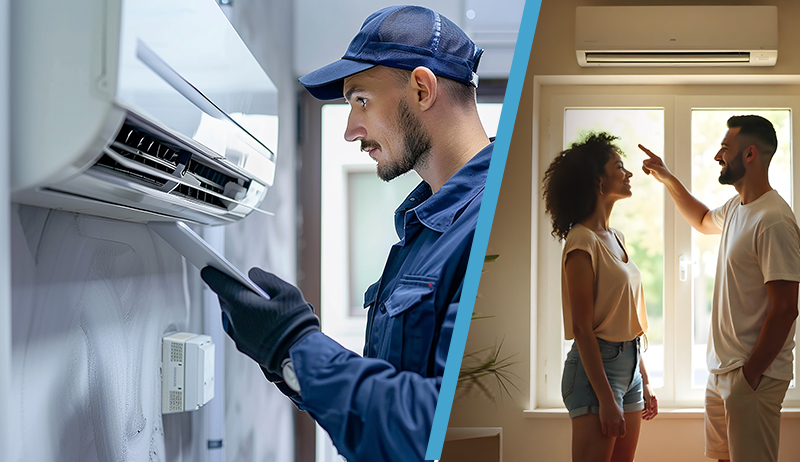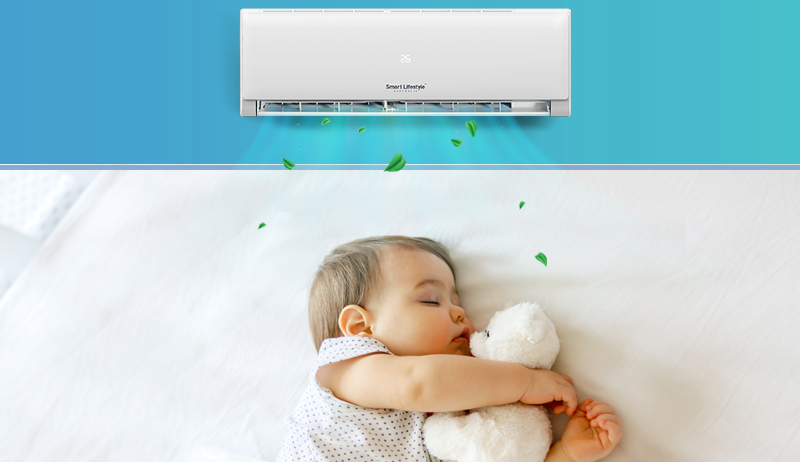Eneco CEO Transition, Equinor Polish Offshore Deal
In this episode of Uptime News, Allen covers leadership changes at Eneco, historic renewable energy deals in Poland, strong support for wind energy in Ireland, and a surge in American clean energy investment.
Sign up now for Uptime Tech News, our weekly email update on all things wind technology. This episode is sponsored by Weather Guard Lightning Tech. Learn more about Weather Guard’s StrikeTape Wind Turbine LPS retrofit. Follow the show on Facebook, YouTube, Twitter, Linkedin and visit Weather Guard on the web. And subscribe to Rosemary Barnes’ YouTube channel here. Have a question we can answer on the show? Email us!
Welcome to Uptime News. Flash Industry News Lightning fast. Your host, Allen Hall, shares the renewable industry news you may have missed.
Allen Hall: Leading off the week, there’s a leadership change at a major European energy company. As Templeman is stepping down as CEO of Dutch Energy firm, Eneco on August 1st.
Templeman is leaving to become the new chief executive of lighting company, signify in September. Eneco says Kees Jan Rameau will serve as interim CEO starting July 4th. The company’s board has already started searching for a permanent replacement. Templeman joined an Eneco as CEO in July of 2020.
The supervisory board chair Mel Kroon says Templeman led the successful launch of the company’s one planet plan before Eneco. Templeman held senior positions at Shell across [00:01:00] Asia, Europe, the Middle East, and Africa. Over in Poland, energy companies have closed one of the largest renewable energy deals in European history. Norwegian firm, Equinor, and Polish company, Polenergia, have secured 6 billion euros in financing for two offshore wind projects. That’s about $6.8 billion. The companies say it’s the largest project finance deal in Poland’s energy history.
The Baltic two and Baltic three Wind Farms will feature 100 turbines with a combined capacity of 1.4 gigawatts. Polenergia, CEO Adam Purwin says they have secured financing from around 30 institutions. He says The company’s obtained exceptionally favorable terms despite challenging market conditions, construction has already begun.
Onshore marine operations will start next year. The wind farms should begin full commercial operation in 2028, and they’ll provide power to more than 2 million [00:02:00] Polish households.
And Irish citizens are showing strong support for wind energy development. A new national survey by Wind Energy Ireland found 80% of the public supports wind energy development, 62% back having a wind farm in the local area. The survey found people support wind energy because it offers more affordable electricity and reduces carbon emissions.
Energy independence was also a key motivator. CEO. Noel Cunniffe says, Irish people know wind power is the leading solution to rising energy costs and climate change. He says, wind power is already helping reduce electricity prices and create jobs.
75% of those surveys support offshore wind energy. 82% recognize its role in securing Ireland’s energy supply. Research shows Ireland’s offshore wind farms could generate 38 billion euros for the Irish economy by 2050.
And American clean energy investment continues to surge. The American [00:03:00] Clean Power Association says developers installed 7.4 gigawatts of new solar, wind and storage capacity in the first quarter. That represents $10 billion in domestic investment. The trade group says it was the second strongest start to a year on record.
Battery storage achieved record first quarter installations surpassing 30 gigawatts of total capacity nationwide. The development pipeline grew 12% to reach 184 gigawatts. That represents $328 billion in potential project investment. CEO. Jason Grumet says, clean power is shovel-ready at scale. He says the industry has a technology.
Investment capital and workforce needed. Grumet warns that the greatest threat to reliable energy is an unreliable political system. That’s this week’s top. News stories. Stay tuned for the Uptime Wind Energy Podcast tomorrow.
https://weatherguardwind.com/eneco-equinor-offshore/
Renewable Energy
Has the Fever Broken?
 Many Americans are starting to feel like the lady whose observations we see at left.
Many Americans are starting to feel like the lady whose observations we see at left.
Exactly how this moves forward from here is anyone’s guess. Maybe the Democrats gain a huge majority in Congress in 2026 and then impeach and convict Trump–perhaps joined by lots of Republicans.
There are plenty of different scenarios.
Renewable Energy
Trump and Climate Change
 As shown in this short video, Donald Trump says that climate change is the biggest con job ever perpetrated on Earth.
As shown in this short video, Donald Trump says that climate change is the biggest con job ever perpetrated on Earth.
We are to believe that Trump a) understands the subject better than the thousands of our planet’s top scientists, located in countries all around the globe, and b) he’s telling the truth, where they have somehow gotten together and conspired to lie.
That’s quite a stretch.
Renewable Energy
Can You Stack VEU with Solar or Other Incentives? – Find Out
-
Climate Change3 months ago
Guest post: Why China is still building new coal – and when it might stop
-
Climate Change2 years ago
Spanish-language misinformation on renewable energy spreads online, report shows
-
Greenhouse Gases3 months ago
Guest post: Why China is still building new coal – and when it might stop
-

 Greenhouse Gases1 year ago
Greenhouse Gases1 year ago嘉宾来稿:满足中国增长的用电需求 光伏加储能“比新建煤电更实惠”
-
Climate Change Videos2 years ago
The toxic gas flares fuelling Nigeria’s climate change – BBC News
-

 Climate Change1 year ago
Climate Change1 year ago嘉宾来稿:满足中国增长的用电需求 光伏加储能“比新建煤电更实惠”
-

 Carbon Footprint2 years ago
Carbon Footprint2 years agoUS SEC’s Climate Disclosure Rules Spur Renewed Interest in Carbon Credits
-
Renewable Energy4 months ago
US Grid Strain, Possible Allete Sale






